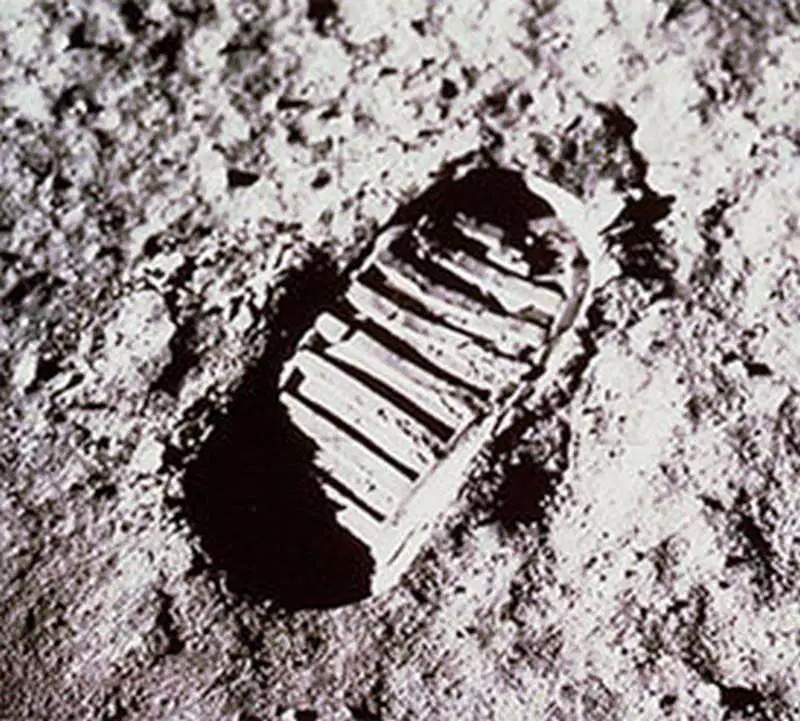This feat, which NASA repeated five more times from 1969 to 1972, has yet to be matched, although more than one nation has its sights set on a human return there.
Coming Up
Several lunar missions are scheduled to launch in 2019, including India’s Chandrayaan-2lander and rover, the Moon Express’s (USA) Lunar Scout, and China’s Chang’e 5 sample return mission.









